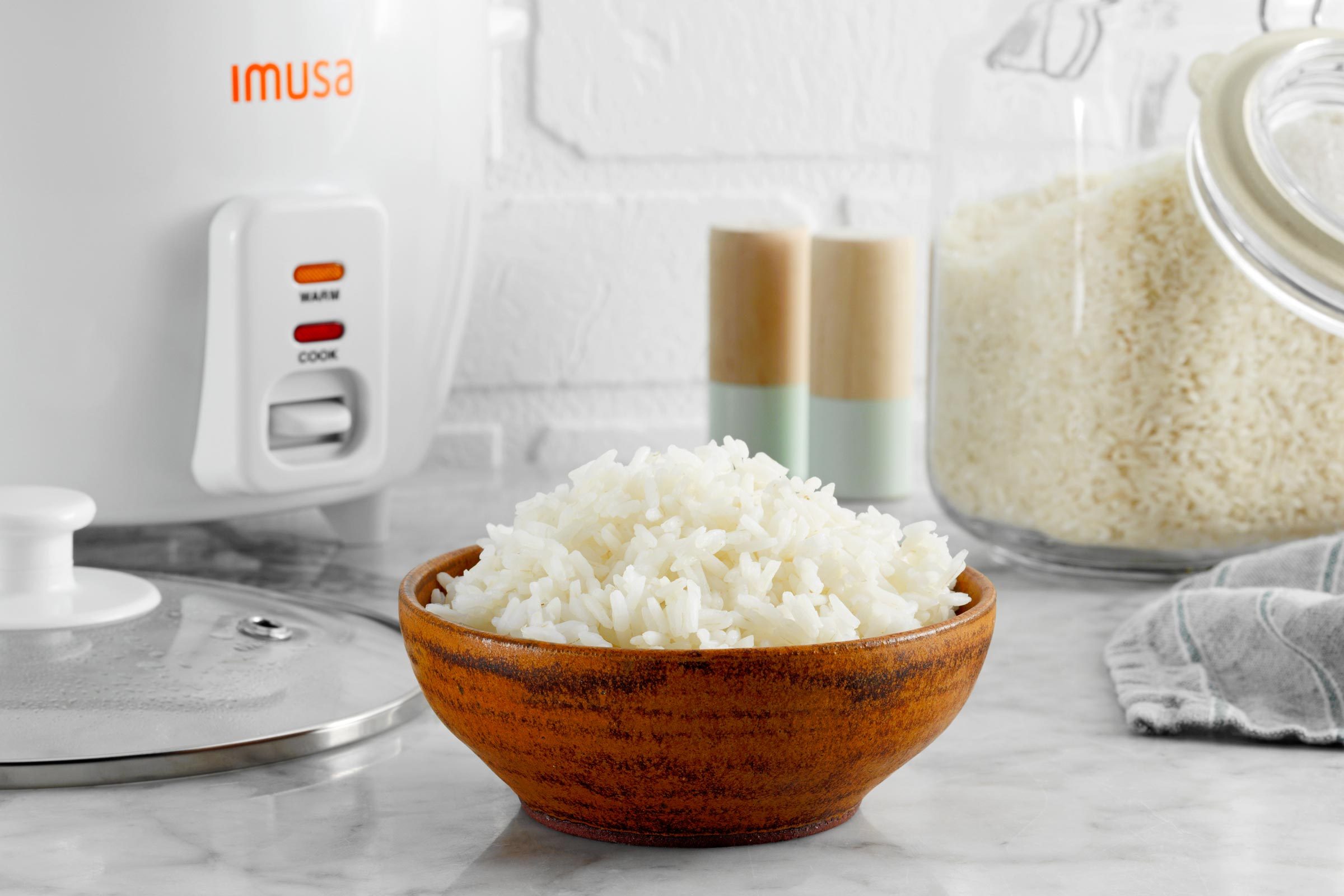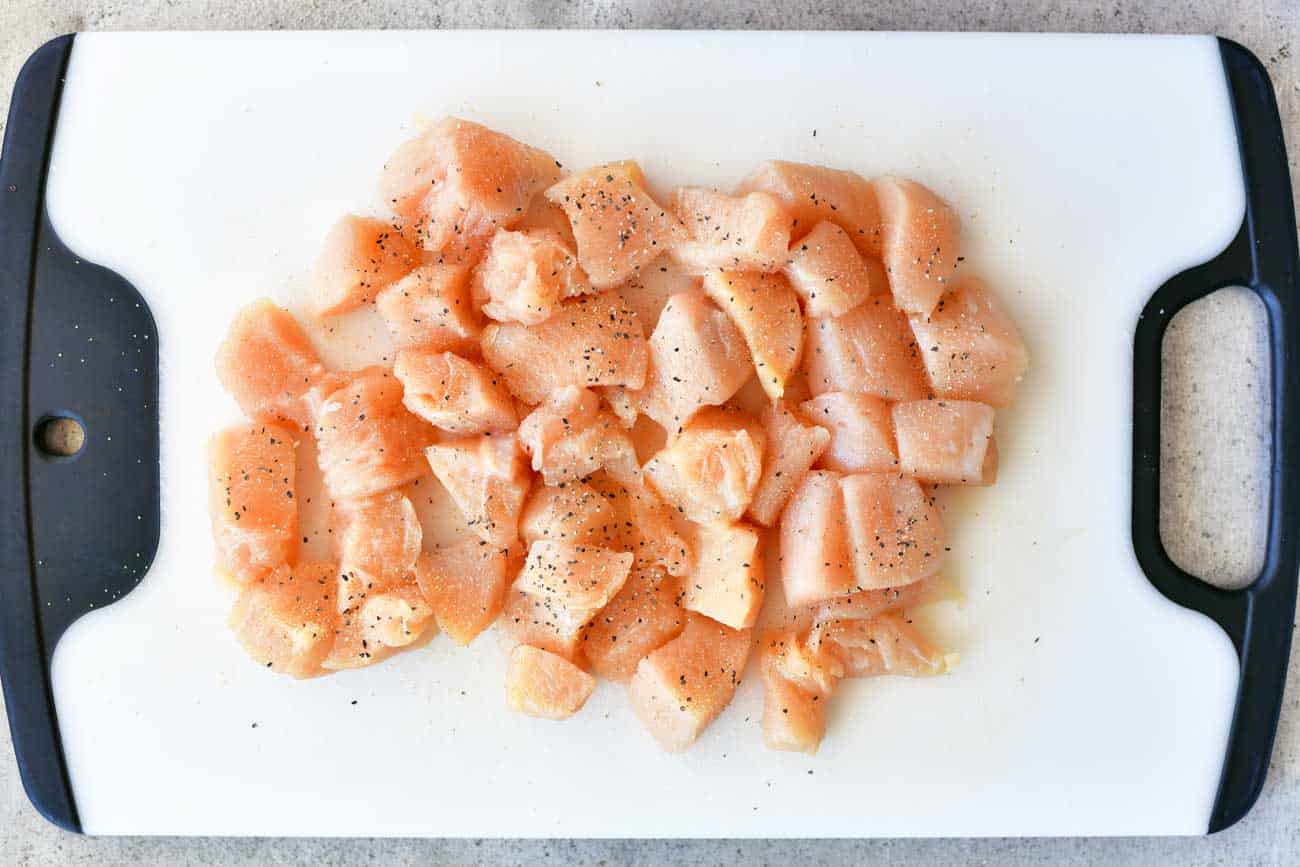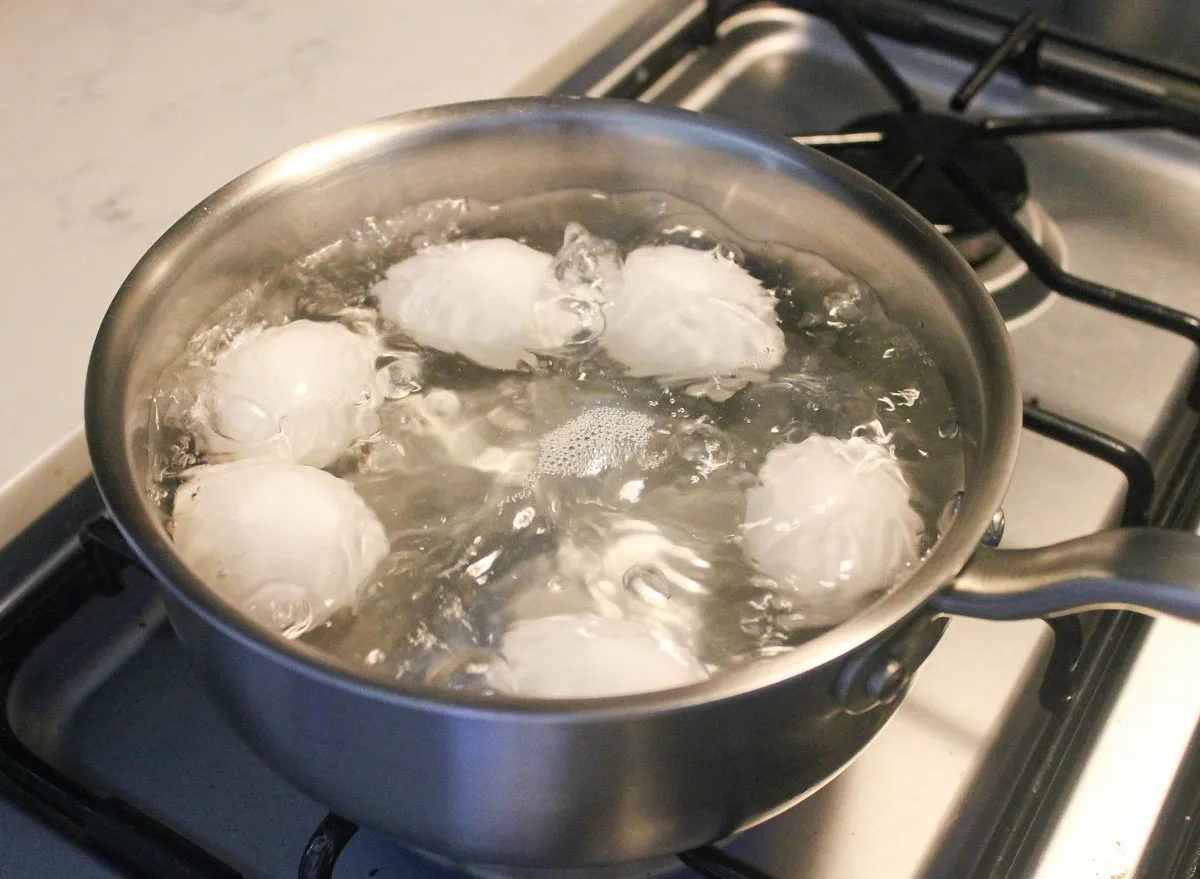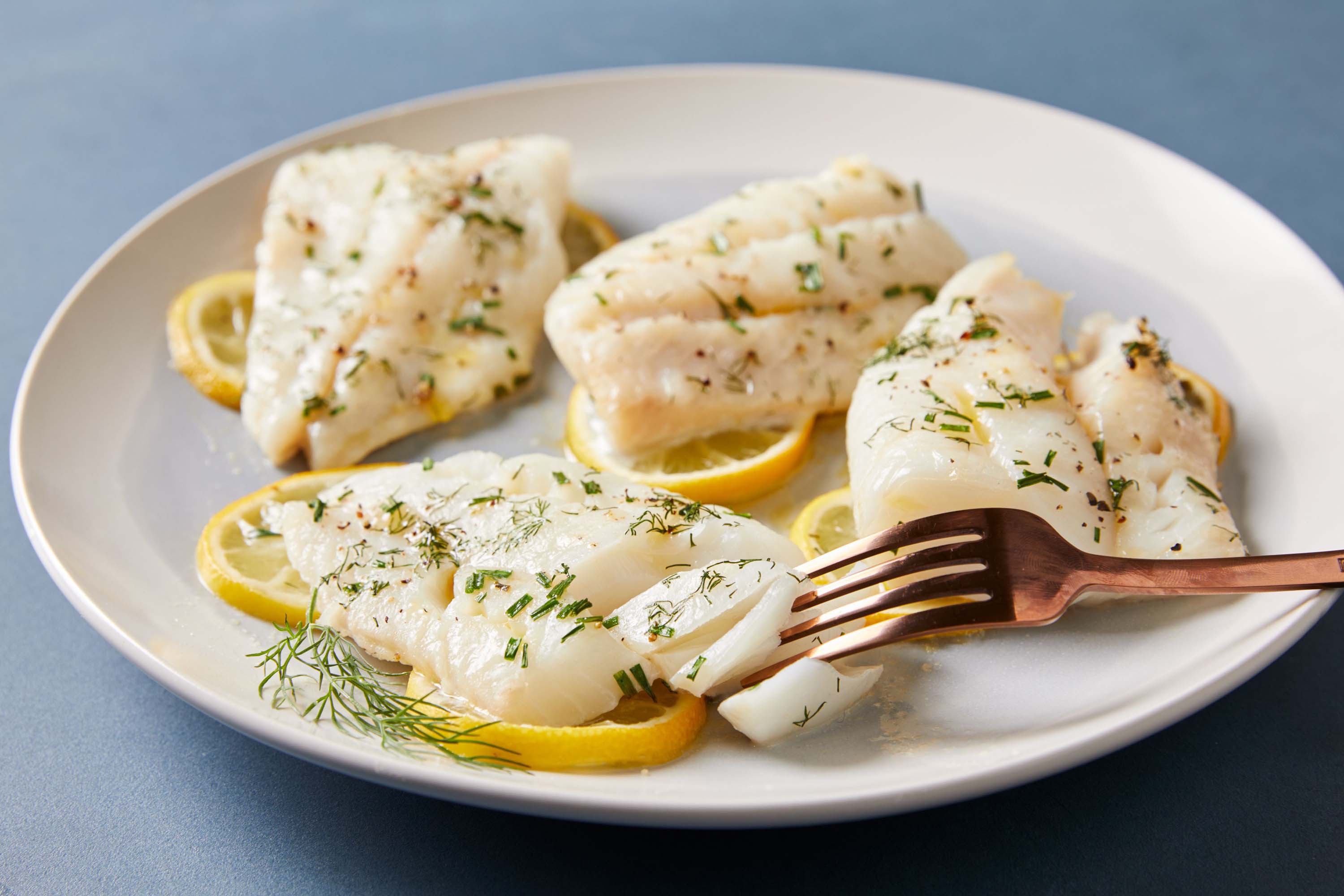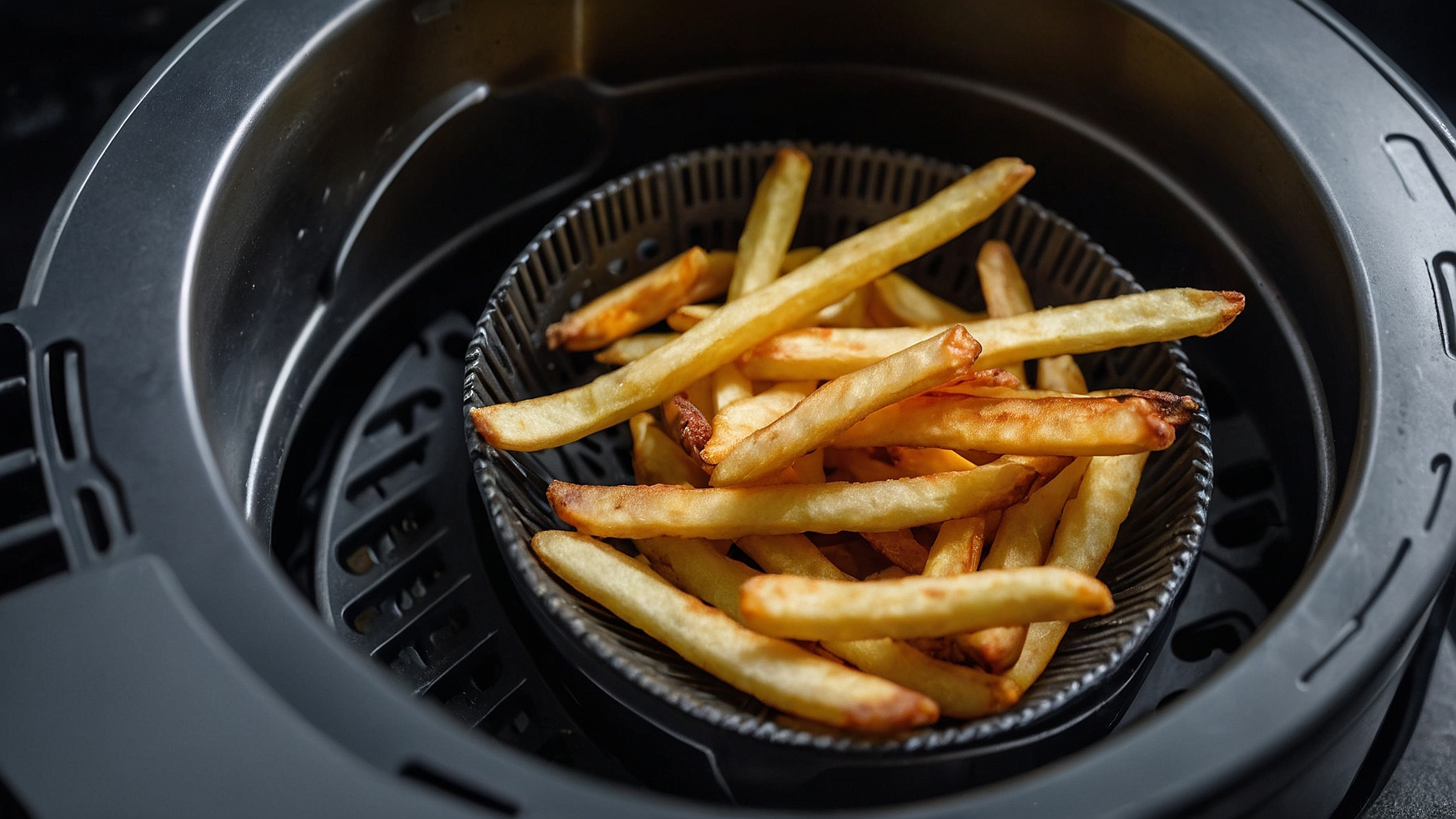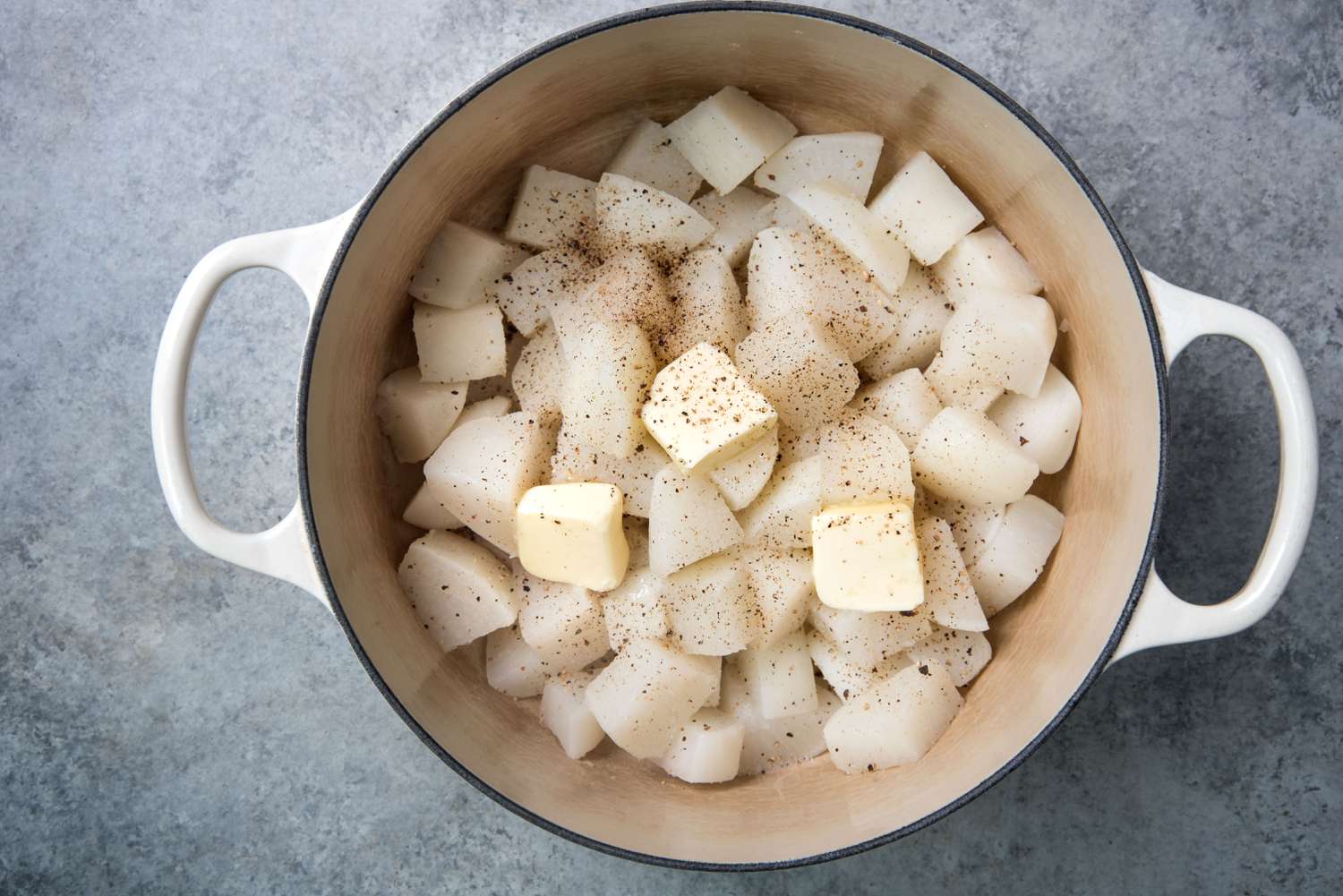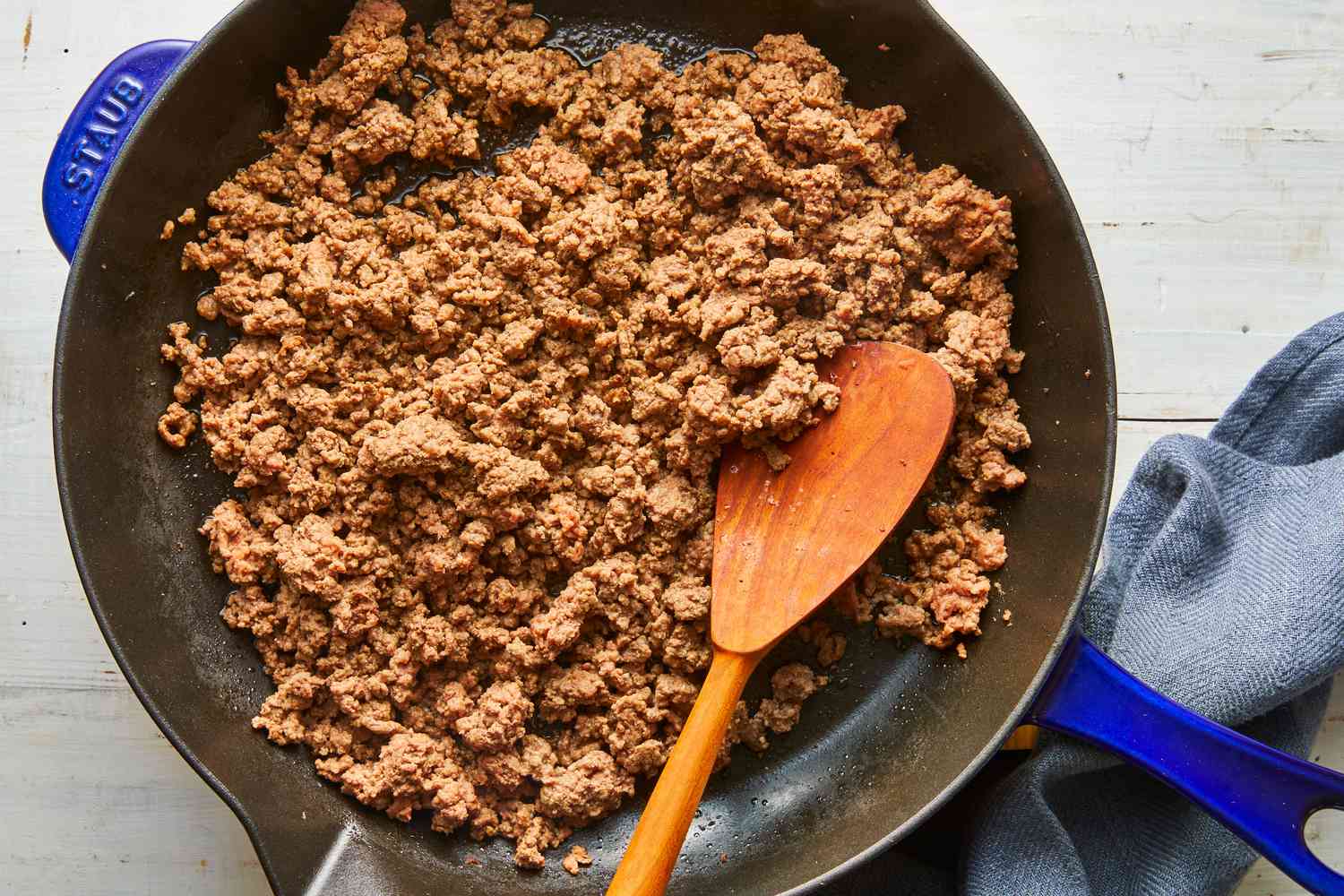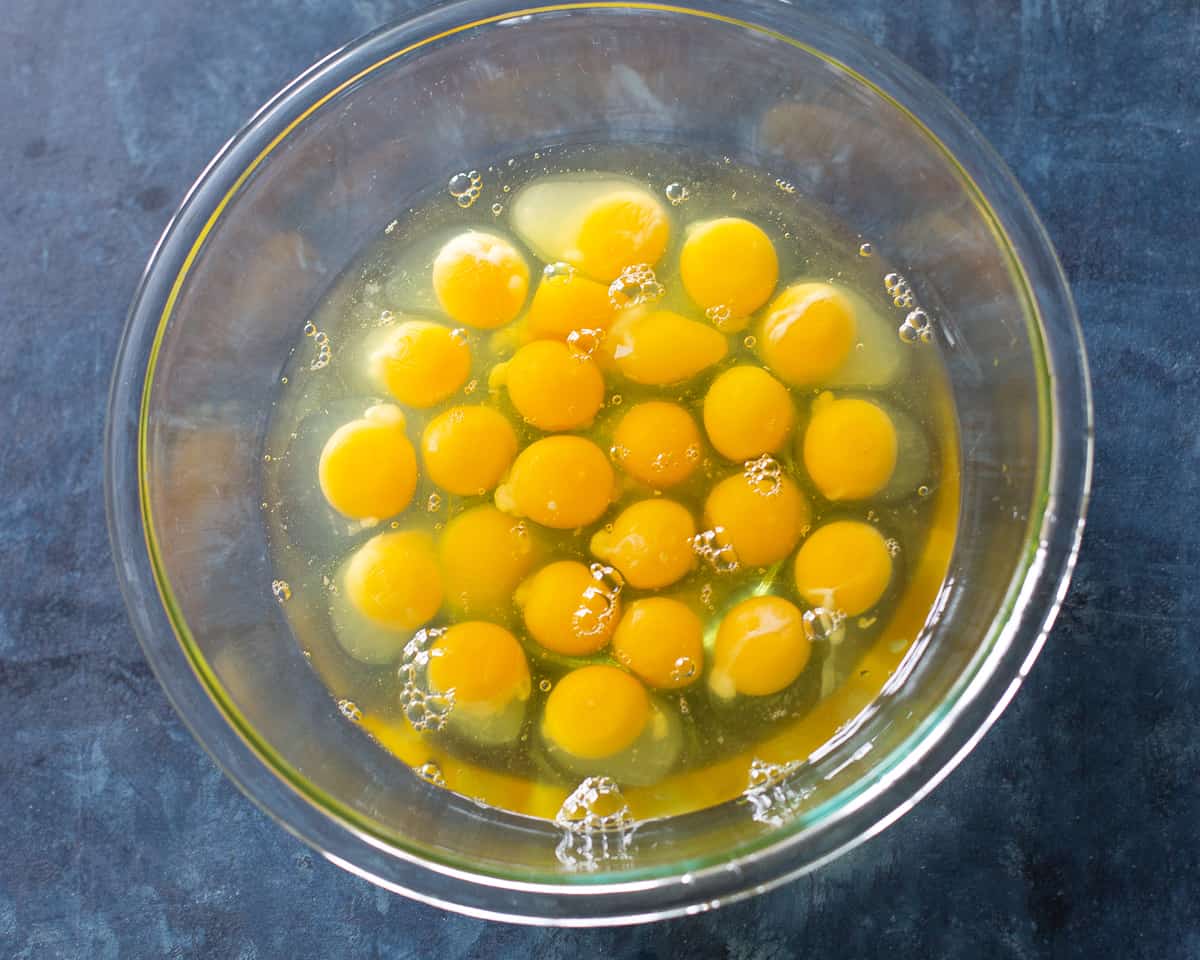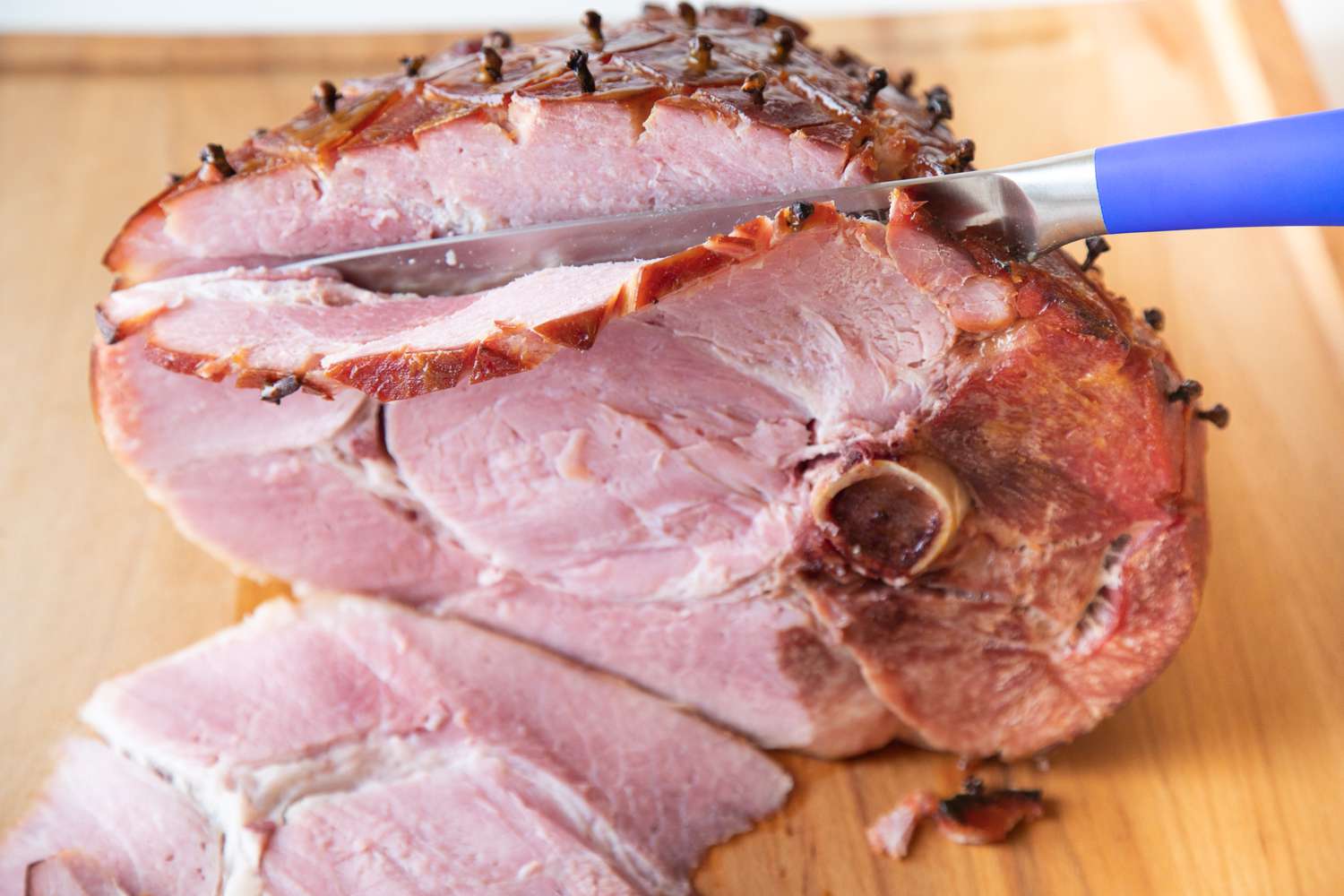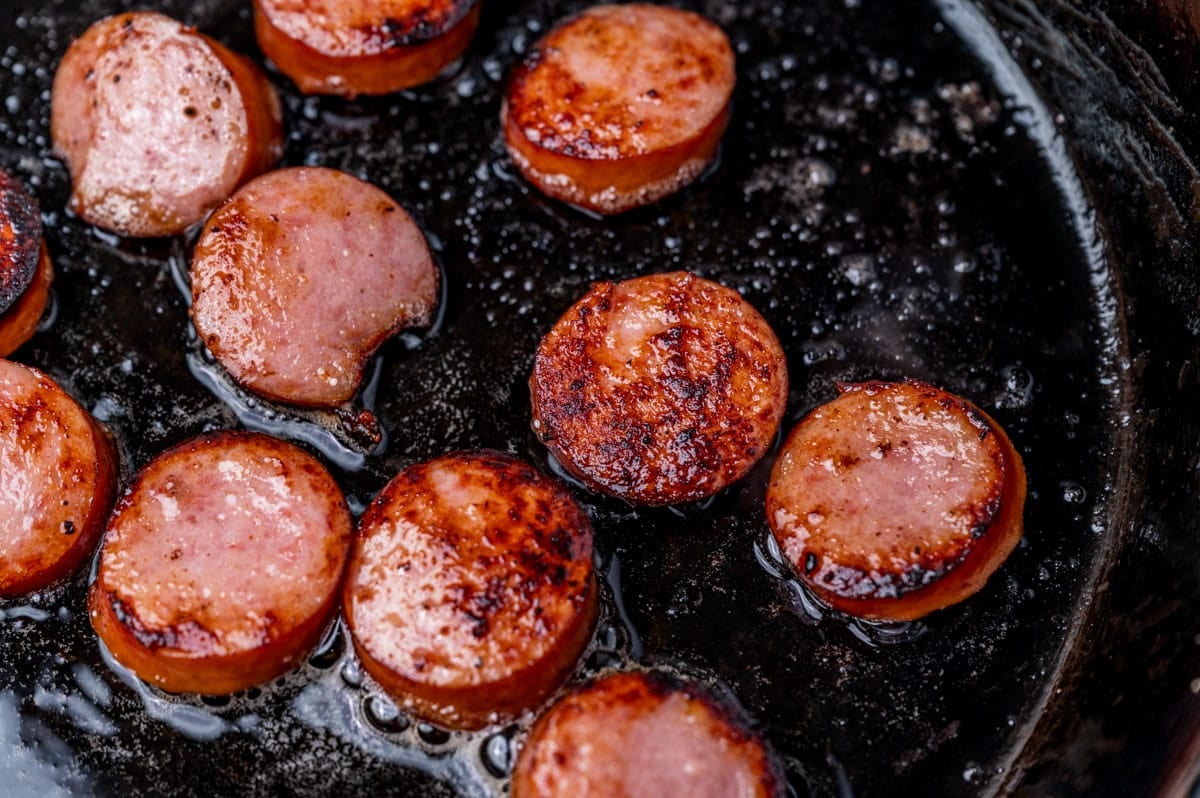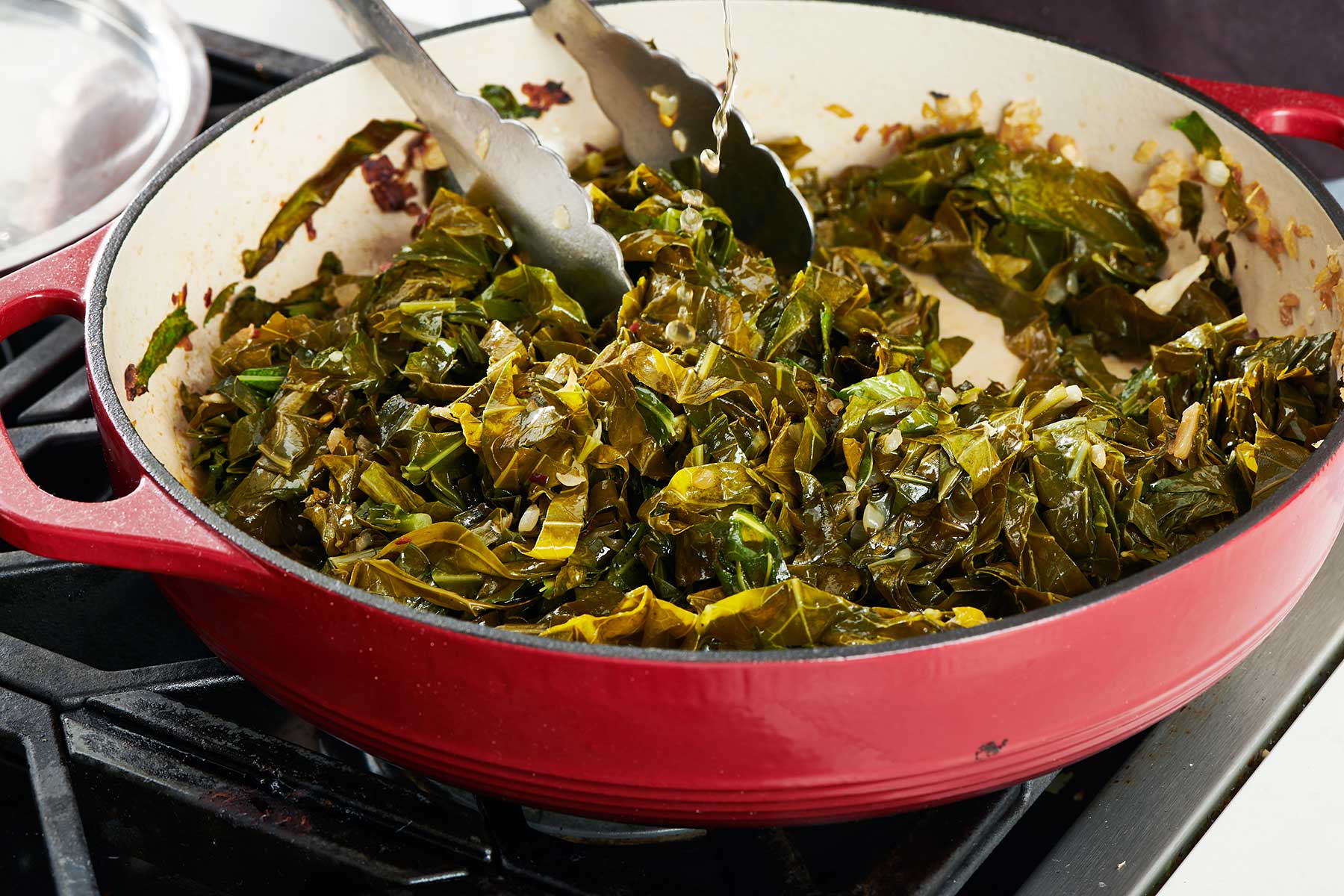Cooking Thai sweet rice, also known as sticky rice, offers a delightful journey into the heart of Thai cuisine. This unique grain, with its chewy texture and slightly sweet flavor, serves as a staple in many Thai dishes, from savory meals to luscious desserts. Mastering the art of preparing Thai sweet rice requires understanding its distinct characteristics and the proper technique. Unlike other rice varieties, sticky rice needs soaking before cooking to achieve its signature texture. Whether you're aiming to pair it with mango for a classic dessert or use it as a base for a savory meal, this guide will walk you through each step, ensuring your Thai sweet rice is perfect every time.
Gather Your Ingredients for Thai Sweet Rice
- 2 cups Thai sweet rice (also known as sticky rice or glutinous rice)
- Water for soaking
- 1 1/2 cups coconut milk
- 1 cup sugar
- 1/2 teaspoon salt
- Mango slices, for serving
- Sesame seeds, toasted, for garnish
- Coconut cream, for drizzling
Essential Tools for Crafting Thai Sweet Rice
- Rice Cooker or Pot: Essential for cooking rice evenly.
- Measuring Cups: For precise rice and water ratios.
- Wooden Spoon: To fluff and serve the rice without sticking.
- Fine Mesh Strainer: For rinsing rice thoroughly before cooking.
- Bowl: To soak rice, if preferred, for softer texture.
- Serving Dish: To present the sweet rice beautifully.
Cooking Thai sweet rice requires soaking overnight for optimal texture. Rinse thoroughly before steaming in a bamboo basket over boiling water, ensuring grains stay separate and become perfectly sticky.
The Importance of Making Thai Sweet Rice
Cooking Thai sweet rice, also known as sticky rice, offers a unique texture and flavor that complements many Asian dishes. This culinary practice connects us to Thailand's rich culture, allowing us to experience and appreciate its traditional cuisine right in our kitchens.
Mastering sticky rice preparation enhances our cooking repertoire, introducing a versatile ingredient perfect for various recipes. It's not just about the dish itself but about embracing and celebrating the diversity of global cuisines, enriching our culinary adventures.
Your Step-by-Step Guide to Perfect Thai Sweet Rice
How To Cook Thai Sweet Rice
-
Rinse Rice: Begin by thoroughly rinsing 2 cups of Thai sweet rice under cold water. Continue to wash until water runs clear, removing excess starch.
-
Soak Rice: Place rinsed rice in a bowl and cover with water. Soak for at least 4 hours, or overnight for best results. This step is crucial for achieving the right texture.
-
Drain Rice: After soaking, drain rice using a fine mesh sieve or colander. Ensure all excess water is removed to avoid overly soggy rice.
-
Prepare Steamer: Fill a pot with water, making sure it's just below the bottom of the steamer basket. Bring water to a simmer. Use a traditional bamboo steamer or a similar setup that allows steam to circulate around the rice.
-
Line Steamer: Line the steamer basket with cheesecloth or a clean kitchen towel. This prevents rice from sticking and allows for easy removal.
-
Steam Rice: Spread soaked and drained rice evenly onto the lined steamer basket. Cover and place over the simmering water. Steam for about 20-25 minutes. Rice should be tender but still slightly firm to the bite.
-
Check Rice: Halfway through steaming, check water level in the pot and add more if necessary. Also, gently stir rice to ensure even cooking.
-
Serve: Once cooked, remove rice from steamer and let it sit for a few minutes. Fluff with a fork or rice paddle before serving. Thai sweet rice is now ready to be enjoyed with your favorite dishes.
Tips for Perfect Thai Sweet Rice:
-
Quality of Rice: Always use high-quality Thai sweet rice (also known as sticky rice or glutinous rice) for the best results.
-
Soaking Time: Longer soaking times lead to a softer texture. Adjust based on personal preference.
-
Water Level in Pot: Keep a close eye on the water level during steaming. Refill as needed to prevent the pot from drying out.
-
Serving: Thai sweet rice pairs wonderfully with mangoes and coconut milk for a traditional dessert, or with savory dishes like grilled meats and spicy salads.
Mastering Thai Sweet Rice: Your Culinary Adventure Awaits
Cooking Thai sweet rice isn't just about following steps; it's an invitation to explore the rich tapestry of Thai cuisine. With the right technique, patience, and a bit of practice, you'll find yourself whipping up this delightful dish with ease. Remember, soaking the rice is crucial for achieving that signature sticky texture, and choosing the right type of rice can make all the difference. Whether you're pairing it with mango for a classic dessert or using it as a base for savory dishes, Thai sweet rice offers a versatile canvas for your culinary creations. So, grab your pot, set aside your doubts, and dive into the world of Thai cooking. Your taste buds will thank you, and you'll soon add a new favorite to your cooking repertoire. Happy cooking!
For anyone eager to try their hand at cooking Thai sweet rice, there are several delightful recipes to explore. Start with Mango Sticky Rice, a classic that blends sweet and creamy flavors with fresh mango. For a twist, try Coconut Sticky Rice with Mango, which adds a rich coconut aroma to the mix. Sticky Rice with Thai Custard is another must-try, offering a delicious custard topping that pairs perfectly with the sticky rice. If you're in the mood for something different, Thai Sweet Rice and Mango Parfait layers the ingredients in a refreshing dessert. For a unique take, Thai Sweet Rice and Taro Dessert combines taro and sweet rice for a satisfying texture. Finally, Thai Sweet Rice with Pandan Flavor introduces the fragrant pandan leaf, infusing the rice with a unique and aromatic taste. Each of these recipes highlights the versatility of Thai sweet rice and provides a delicious way to enjoy this traditional dish.
All Your Questions Answered About Thai Sweet Rice
What is Thai Sweet Rice?
Thai Sweet Rice, also known as sticky rice or glutinous rice, isn't your run-of-the-mill rice. This variety is unique because, when cooked, it becomes deliciously sticky and is perfect for pairing with a range of dishes, especially those with a sweet edge. It's a staple in Thai cuisine, often seen in desserts and savory dishes alike.
How do I prepare the rice before cooking?
First off, you'll want to soak the rice. This isn't a step to skip; soaking is crucial. Let the rice sit in water for at least 4 hours, but overnight is best. This process softens the grains, ensuring they cook evenly and achieve that signature sticky texture.
Can I cook Thai Sweet Rice in a regular rice cooker?
While you might be tempted to toss it in your rice cooker, Thai Sweet Rice requires a bit more attention. For the best results, steam it. You'll need a bamboo steamer or a similar setup. Steaming allows the rice to cook evenly without becoming too mushy.
What's the ideal water-to-rice ratio for steaming?
Actually, when you're steaming Thai Sweet Rice, you won't measure water the same way you do with other rice types. Since it's steamed above water, not in it, ensure your rice is fully submerged during the soaking process. After soaking, drain it well before steaming.
How long does it take to cook?
Patience is key here. Once you've got your setup ready, expect to steam the rice for about 20-30 minutes. You'll know it's done when the grains are tender and stick together, but not mushy. Feel free to check on it and taste a few grains to ensure it's cooked to perfection.
Is there a quick method for those short on time?
If you're in a pinch, you can use a microwave. After soaking, place the rice in a microwave-safe dish, add a bit of water (just enough to keep it moist), and cover it with a lid or plastic wrap. Microwave on high for 5-10 minutes, then let it sit for a few minutes before fluffing.
Any tips for serving Thai Sweet Rice?
Absolutely! For a traditional touch, mold the rice into small, compact balls or shapes using a rice paddle or your hands (wet them first to prevent sticking). Serve it alongside ripe mangoes, drizzle with coconut milk, and sprinkle with toasted sesame seeds or mung beans for a classic Thai dessert.
